Data Security with Flex2SQL and BTR2SQL Connectivity Products
The most common reason for Enterprises looking to migrate from legacy Btrieve or DataFlex databases is the urgent need to address security and...
9 min read
 Mertech
:
Jun 26, 2024 4:20:00 PM
Mertech
:
Jun 26, 2024 4:20:00 PM
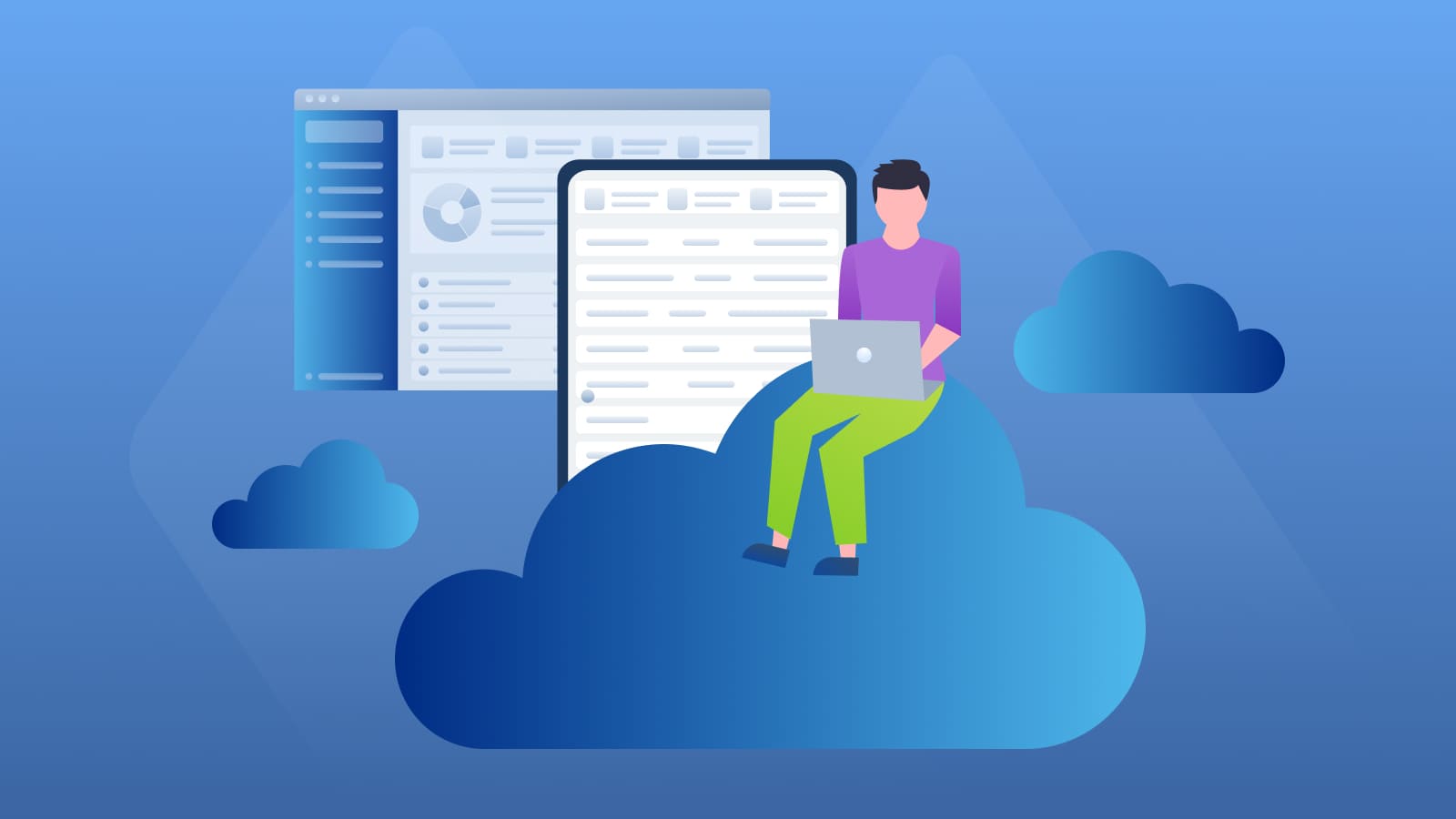
This blog post was co-authored with Riaz Merchant, President and CEO at Mertech.
In the fast-paced software world, 'legacy' often signals a warning.
If your business is still anchored to legacy software, you might risk inefficiency, profit loss, and security vulnerabilities.
While switching systems is a significant investment of time and resources, pouring more into software that's lost its edge means you're at a huge disadvantage.
This is where legacy application modernization comes into play, steering your business back into the competitive lane with modern, efficient technology solutions.
The forecast is that about 78% of custom applications will be modernized within a year, with most companies aiming for enhanced security and efficiency.
But what does legacy application modernization entail, and how does it help overcome the limitations of outdated systems?
Let’s explore all about legacy app modernization, including the process and main reasons to modernize your legacy systems. We'll also cover the key benefits, challenges, and future trends.
A legacy application or system is software that has become outdated but is still in use. These systems often rely on older technologies and may not integrate well with current software solutions.
Signs of a legacy system include using tech stacks like:
They are typically monolithic, meaning their various functions are interdependent and compiled into a single platform, often making them inflexible and difficult to update.
Legacy applications also pose challenges such as:
So, who's still holding onto these digital relics?
You'll find them in places like government agencies, managing crucial tasks from taxes to unemployment benefits. Banks like the Royal Bank of Scotland also still entrust their transactions to these applications. Even in healthcare, where patient data is gold, these systems are still at work.
Legacy application modernization is the process of updating and transforming outdated software systems. It typically includes transitioning from older programming languages, frameworks, and infrastructures to more advanced, efficient, and secure technologies.
The transition to more modular designs like microservices helps businesses align better with current technologies and trends.
But how exactly do you upgrade an outdated legacy system?
The process can include rehosting applications on new platforms, re-engineering software, refactoring code, or completely rewriting applications. It often incorporates cloud technologies for improved scalability and flexibility.
Legacy system modernization ensures your software is still relevant and valuable in today's rapidly evolving digital landscape by:
An increasing number of software solutions are becoming available directly over the Internet, thanks to the Cloud. That's because cloud-based software and infrastructure are cheap, flexible, and scalable.
Even Microsoft has recognized that it’s time to move away from desktop-only software, proving that the Cloud and the SaaS model are here to stay.
Here are some of the main reasons why it's time to modernize your legacy applications:
Legacy systems often incur high maintenance and support costs. That's because they often have extensive codebases and are built on monolithic architectures, making even minor updates a significant challenge.
In turn, each update can require extensive time and effort. For instance, the U.S. Federal Government spends over $100 billion annually on IT investments. Over 80% of these expenses are dedicated to operations and maintenance, primarily for legacy systems.
As legacy data is often dispersed across multiple databases, it also requires significant effort to reorganize and migrate. Additionally, these systems frequently depend on specific hardware environments, leading to higher operational costs compared to modern, cloud-based alternatives.
Contemporary applications frequently utilize APIs for enhanced functionalities like AI-powered recommendations or real-time data processing. In contrast, legacy systems struggle to integrate with such modern technologies due to their outdated architecture.
Integration limitations also lead to data silos, hampering seamless data flow and utilization.
Additionally, modern regulations, such as GDPR (General Data Protection Regulation) and CCPA (California Consumer Privacy Act), impose strict data protection standards.
Legacy systems, often built without these security and privacy considerations in mind, find it increasingly difficult to meet these requirements. For example, about 42% of organizations view legacy IT as a significant hurdle in achieving compliance with these regulations.
As IT professionals increasingly focus on mastering new technologies for better career opportunities and compensation, finding skilled personnel for legacy systems becomes more difficult.
Additionally, there's limited community support for obsolete technologies. Modern tech workers rely on resources like libraries, frameworks, and tools available in online communities, which are scarce for legacy systems.
This means that organizations that rely on legacy solutions are compelled to invest in more experienced and often more expensive senior staff, as junior and mid-level professionals are less inclined to work with outdated programming languages and systems.
As legacy software ages, its vulnerabilities become more apparent to hackers, increasing the risk of cyberattacks.
One major issue is that vendors often stop providing updates and patches for outdated software.
This leaves legacy systems exposed to new threats and non-compliant with current security standards.
Continuing to patch up these systems is not only resource-intensive but also ineffective in the long term. Each new patch is a temporary fix that won't be able to safeguard the software as new vulnerabilities continue to emerge.
This constant need for patching results in escalating maintenance costs and security risks, underscoring the urgent need for legacy application modernization.
Legacy applications struggle with scaling across multiple platforms, especially on mobile devices, which is crucial given that a significant portion of web traffic now comes from mobile users.
For instance, in 2023, over 58% of website visits were on mobile devices, yet many legacy systems are not optimized for mobile usage.
But why is that the case?
Legacy systems usually have outdated features and limited integration capabilities.
This also impedes innovation and reduces employee productivity.
By updating and transforming legacy systems, companies can unlock a host of benefits, including:
The legacy application modernization process involves utilizing different techniques and best practices.
Let's delve into these key steps:
The first critical step is a thorough analysis of your current legacy systems. This involves assessing both business and IT aspects to determine how well your legacy software aligns with your current and future needs.
This comprehensive assessment will give you a clear picture of the state of your legacy systems, helping you prioritize actions for modernization.
The next vital step in legacy application modernization is selecting the most suitable modernization approach. This decision should align with your business objectives, technological needs, and the insights gained from your initial assessment. Here are several strategies to consider:
Choose a modernization strategy that offers quick value delivery and fits your unique requirements. For some scenarios, readily available SaaS products may suffice. However, for specialized needs or to add bespoke features, custom software development might be more appropriate.
When planning the scope of your legacy application modernization, prioritize simplicity and functionality. Legacy systems often suffer from complex architectures that hinder performance. In modernization, you should:
Selecting the right technology stack is crucial for delivering optimal performance and user experience. Consider these steps:
In this step, you should form a team comprising IT professionals, operations leaders, and department heads. This ensures a comprehensive approach to modernization.
To ensure the team functions optimally, you can involve team members at various levels to foster a sense of ownership and reduce resistance to change.
Additionally, you should adopt coding standards and internal processes for clear and maintainable code. This will ensure thorough documentation for future system growth, making the software easier to understand, extend, and maintain.
It's vital to recognize that modernization is not an overnight fix. Instead, it requires careful planning and execution. The complexity of your project and the selected modernization approach should guide the duration set for each phase.
Alongside creating this timeline, it's equally important to define clear success metrics. They will serve as guideposts, helping you measure the effectiveness of the modernization at each stage.
When transitioning to a modernized legacy application, it's critical to plan for the training and adoption of these new systems by your customers. A DAP (digital adoption platform) can be a valuable tool in this process. DAPs offer a range of features, such as guided onboarding tours, interactive step-by-step flows, and in-app support, making the transition smoother for end-users.
Also, consider allocating a budget for:
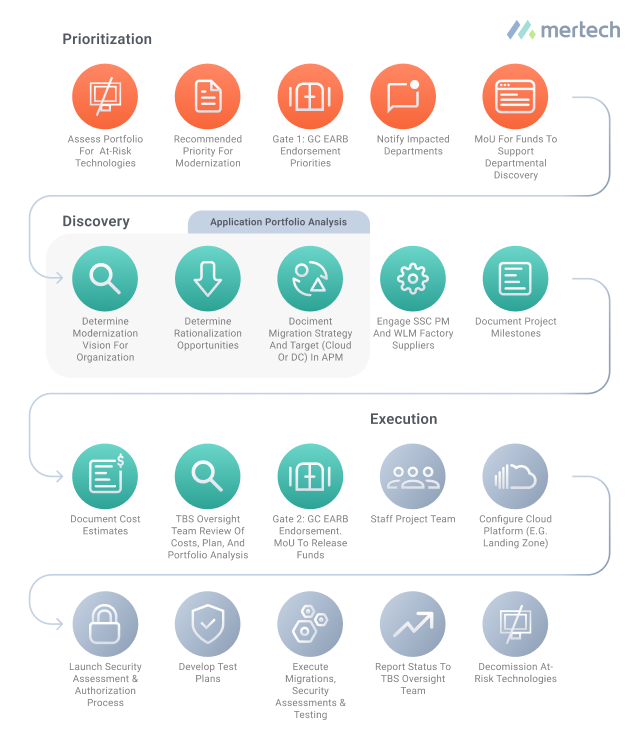
Modernizing legacy applications is a crucial step towards technological advancement, but it's not without its hurdles:
Context: J.Renee, a shoe retailer, sought to revitalize its online store to meet evolving market trends and customer expectations. Partnering with Mertech, they embarked on a journey to modernize their digital platform.
Process: The overhaul centered around redesigning J.Renee’s website for better aesthetics and functionality, with an emphasis on mobile responsiveness. We also upgraded the site's infrastructure to enhance performance and accommodate more traffic.
Result: The revamped site now loads products almost instantly, compared to the previous four-second delay. This upgrade significantly increased customer engagement, with a 5x surge in sales per year. The site also witnessed a leap in page views from 200K to 1.1 million and a customer count from 5,000 to 15,000 between 2014 and 2016. Check the full case study here.
Legacy application modernization helps businesses enhance their efficiency, security, and customer satisfaction, ensuring they remain competitive and agile.
Interested in transforming your legacy applications?
Mertech offers specialized application modernization services to guide and support your journey towards a successful legacy application modernization project. Contact us to explore how we can help revitalize your legacy systems and propel your business forward.
Have any other questions regarding legacy application modernization? Here are the answers to some commonly asked questions:
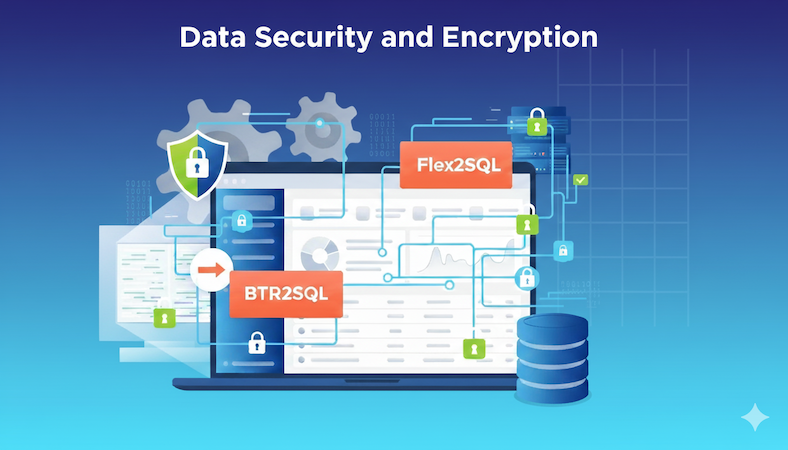
The most common reason for Enterprises looking to migrate from legacy Btrieve or DataFlex databases is the urgent need to address security and...
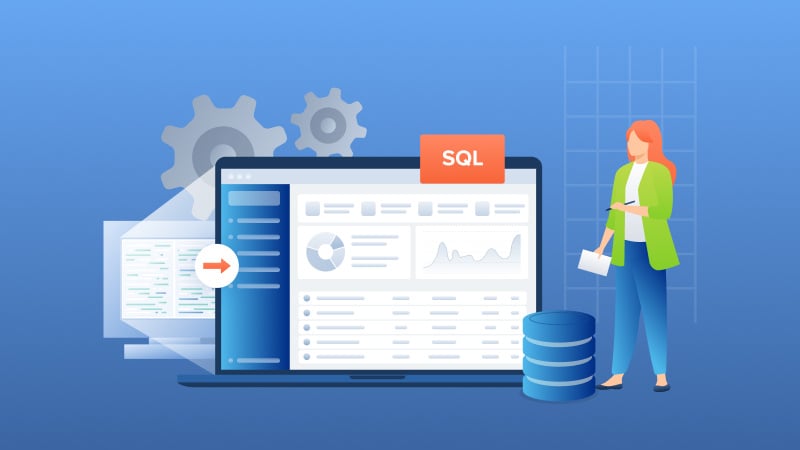
Introduction Many independent software vendors (ISV) and corporate users still rely on applications that use a category of database collective called...
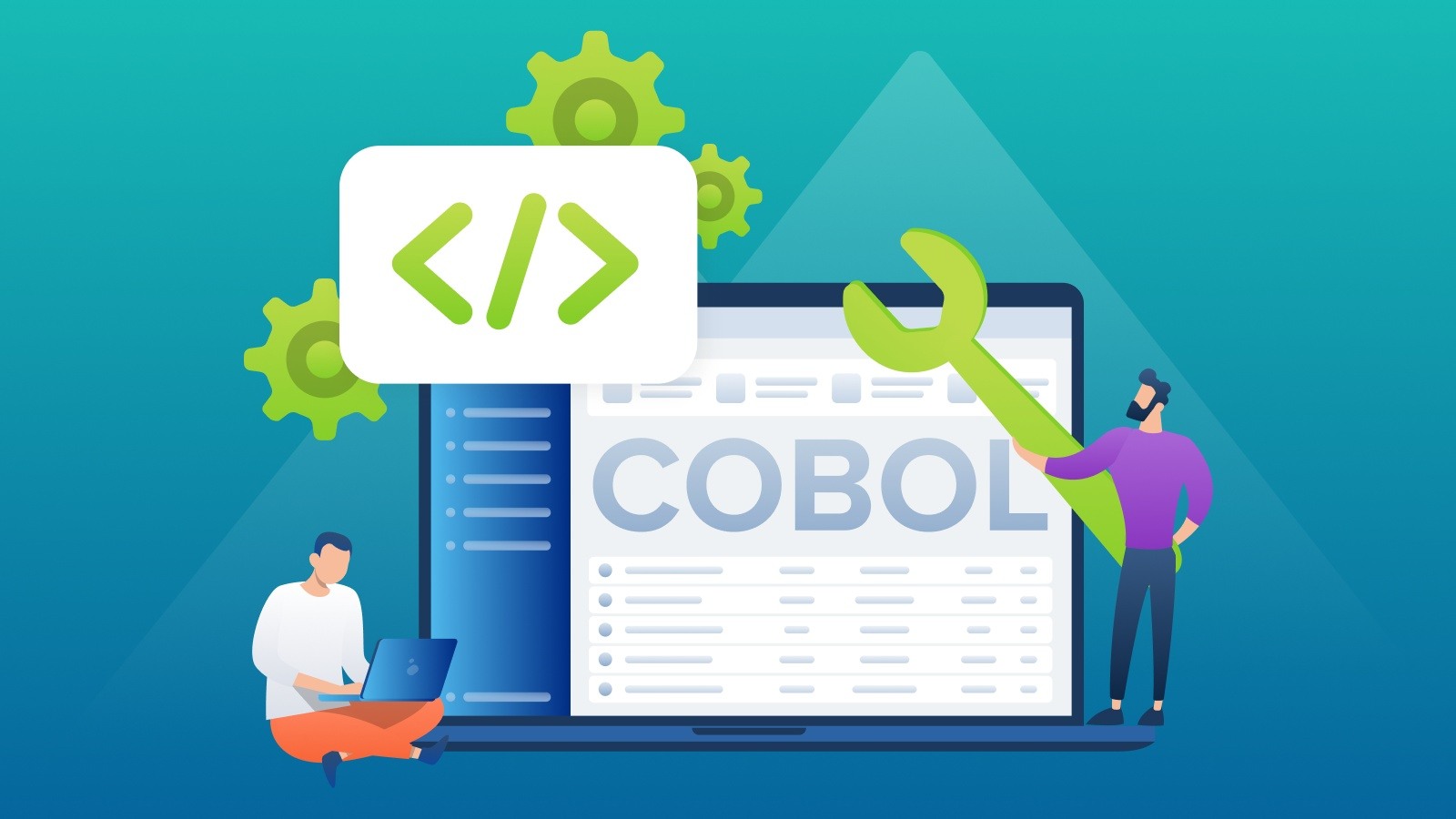
COBOL applications are the foundation of numerous essential business functions, especially within the banking, insurance, and government sectors....